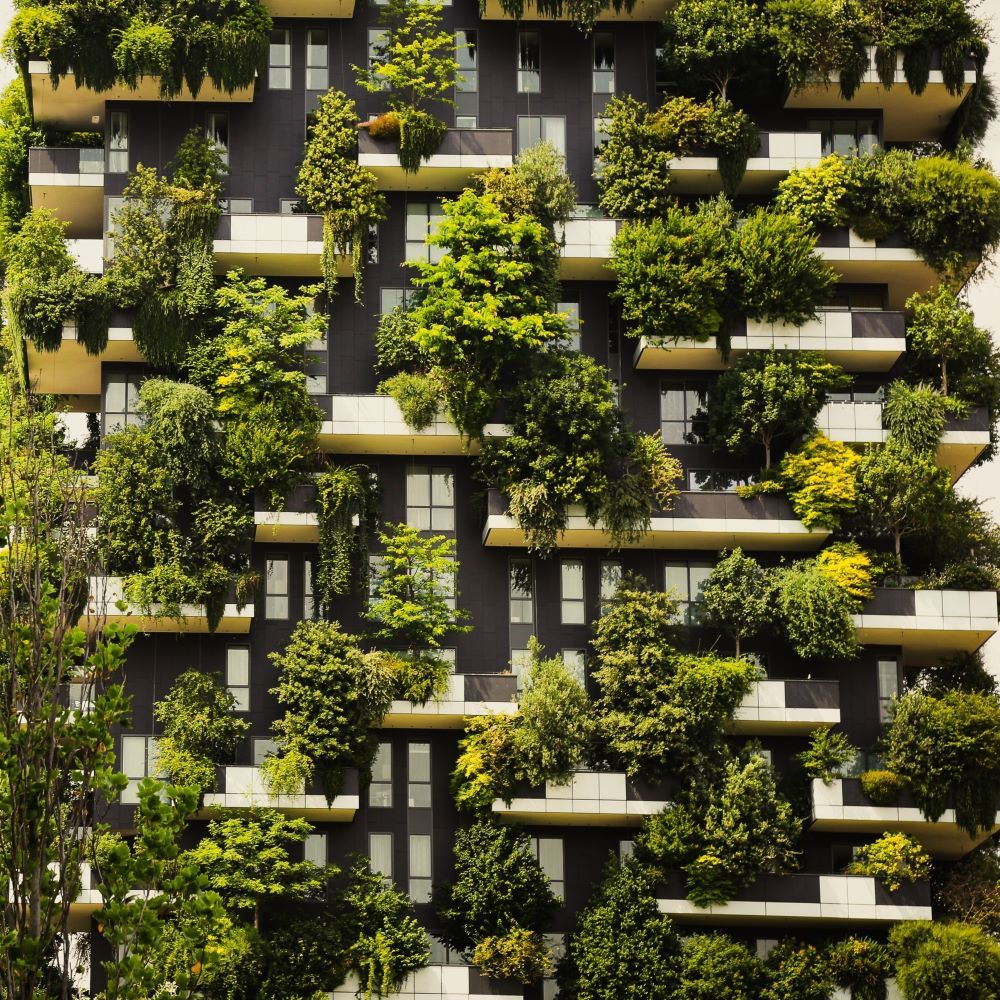)
Simon Alexander-Adams
Bio
Simon Alexander-Adams is a multimedia artist and designer specializing in real-time generative art, interactive installations and audiovisual performances.
He is perhaps best known for his daily generative art sketching practice of over six years under the name Polyhop. Simon is inspired by the emergent patterns found in nature and frequently uses complex systems to simulate natural phenomena in the pursuit of organic textures and surprising interactions. He also draws on a love of fractals and geometry, science fiction and glitch art (the aesthetics of failure.)
Simon’s art has been presented at international festivals, including Coachella, Electric Forest, the Ann Arbor Film Festival, and the 2020 Bi-City Biennale of Urbanism/Architecture (Shenzhen). As part of the ARTECHOUSE Studio team, he’s created work in collaboration with NASA, the Society for Neuroscience, HARPA (Reykjavik, Iceland), and the Nobel Prize Museum (Stockholm, Sweden).
Synopsis
Dust is an audiovisual piece by generative artist Simon Alexander-Adams (aka Polyhop) that explores driving a physarum, or slime mold, simulation with audio. Physarum is a single-cell organism known for its ability to solve path-finding problems by leaving a layer of substrate on the environment for the purpose of communication to itself. This is similar to the way a colony of ants can map paths to food using pheromone trails left on the ground. Physarum can also be modeled with a simple set of rules that produce complex behavior. In the practice of generative art, physarum was popularized by the artist Sage Jenson, and has since entered the canon of complex systems within the generative artist’s palette. Dust makes use of a custom implementation of physarum, adding inputs for the motion to be influenced by real-time audio analysis, and incorporating external geometric patterns such as hexagonal tiling and circle packing.
Tangled is a vibrant audiovisual work by generative artist Simon Alexander-Adams (aka Polyhop.) The music and visuals were co-created and are highly integrated. Different musical layers are isolated and analyzed for the purpose of controlling the motion of various visual features. Every visual element is in some way synced to a sound, creating an abstract dance of colour and form. From a technical perspective Tangled leverages Gerstner (or trochoidal) waves, which are commonly used for creating 3D ocean waves in video games and animation. We see this in the opening moments which features a roiling mesh curling to the music. Next we zoom into the center of a sphere of ribbons, which undulate in jagged patterns carved through the quantization of their position in space. Later the work features a flocking simulation along the lines of Craig Reynolds’ classic artificial life program “Boids,” which can be seen in the swirling blue and green trails in the middle section. Bringing all these elements together into one 3D space, there is a sense of whimsical and mysterious machinery, shifting all the while to the music.



)
)
)
)
)